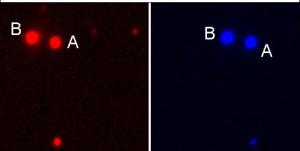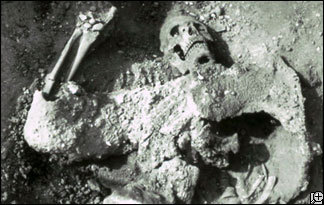
Now, with the help of a squid that uses a luminescent bacterium to create a predator-fooling light organ and a fish that uses a different strain of the same species of bacteria like a flashlight to illuminate the dark nooks of the reefs where it lives, scientists have found that gaining a single gene is enough for the microbe to switch host animals.
The finding, reported this week (Feb. 1) in the journal Nature by a team of scientists from the University of Wisconsin-Madison, is important not only because it peels back some of the mystery of how bacteria evolved to colonize different animals, but also because it reveals a genetic pressure point that could be manipulated to thwart the germs that make us sick.







